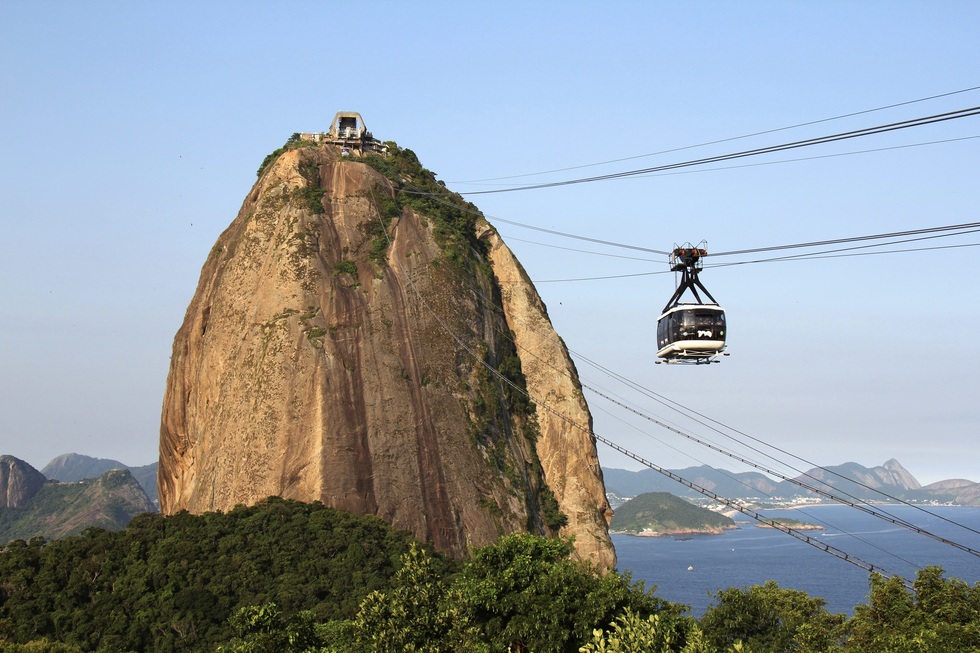In recent months several South American destinations have generated the sorts of international headlines that can unsettle tourists.
Amid reports of gang violence in Ecuador, protests in Peru (some of which have caused temporary closures at Machu Picchu), huge political demonstrations and an alarming spike in violent crime (with a rising number of American victims) in Colombia, and continuing problems with kidnappings and yellow fever throughout the continent, travelers can’t be blamed for feeling cautious.
To be fair, though, it’s worth remembering that many of the most dangerous areas are outside of tourism zones and, further, there are many precautions you can take to lower the risks when they travel abroad, whether in South America or anywhere else.
For starters, read up on the U.S. State Department’s best safety practices. Consider buying travel insurance. Register your trip with the Smart Traveler Enrollment Program (STEP) to get up-to-the-minute safety alerts and help officials find you in the event of an emergency. And stay informed about the destination you plan to visit so you’re not completely caught off guard by the situation on the ground.
To that end, the State Department’s directory of travel advisories assessing each country’s threat level on a scale of 1 (“Exercise normal precautions”) to 4 (“Do not travel”) can be a handy resource.
At the moment, just four countries in South America have been given a level 1 rating by the U.S. government. We’ve listed them below, followed by the South American nations with level 2 advisories (“Exercise increased caution”), along with info about which parts of those countries are considered most dangerous.
For context, keep in mind that France, Costa Rica, Turks & Caicos, Italy, and the U.K. are all at level 2 as well.
(A bar in Buenos Aires, Argentina | Credit: Eduardo Sánchez on Unsplash)
Countries with Level 1 Travel Advisories
“Exercise normal precautions” here:
• Argentina: Despite an increased risk of crime in the city of Rosario, the dangers are relatively few for travelers seeking to experience Argentina’s wide range of offerings, from cosmopolitan Buenos Aires to the pounding waterfalls of Iguazú and the mighty icebergs of Los Glaciares National Park.
• Paraguay: The State Department advises increased caution near the northeastern border with Brazil due to crime, but in most of this landlocked and underrated country you can expect to remain safe while encountering pristine jungles and vast wetlands.
• Suriname: The smallest country in South America is also one of the most ethnically diverse—and one of the safest. Draws for travelers include rainforests, a picturesque coastline in the continent’s northeast, and Dutch colonial buildings in the capital city of Paramaribo.
• French Guiana: The State Department likewise gives its lowest threat assessment to French Guiana, located to the east of Suriname and featuring a similar landscape dominated by eye-catching tropical rainforest.
 (Sugarloaf Mountain cable car in Rio de Janeiro | Credit: Shutterstock / Oleg Bulgakov)
(Sugarloaf Mountain cable car in Rio de Janeiro | Credit: Shutterstock / Oleg Bulgakov)
Countries with Level 2 Travel Advisories
“Exercise increased caution” here:
• Bolivia: The most dangerous areas are the Chapare and Yungas regions, due to crime, according to the country’s travel advisory.
• Brazil: Crime rates are highest, per the State Department, near the country’s land borders, in the informal housing developments known as favelas, and in Brasilia’s satellite cities.
• Chile: Street crime such as theft is common throughout the country, the State Department warns. Large demonstrations periodically occur in the capital, Santiago.
• Ecuador: Gang violence and other crimes have been on the upswing in several cities in Ecuador, including in parts of Guayaquil, a gateway to the Galápagos Islands. Consult the State Department’s travel advisory for a full list of places to avoid.
• Peru: The U.S. government advises steering clear of the section of the Loreto Region that borders Colombia due to crime, and the Valley of the Apurímac, Ene, and Mantaro Rivers (VRAEM) due to crime and the presence of antigovernment terrorist groups.
• Uruguay: The State Department recommends staying on your guard against theft and armed robbery in urban areas, especially Montevideo, Canelones, and Rivera.